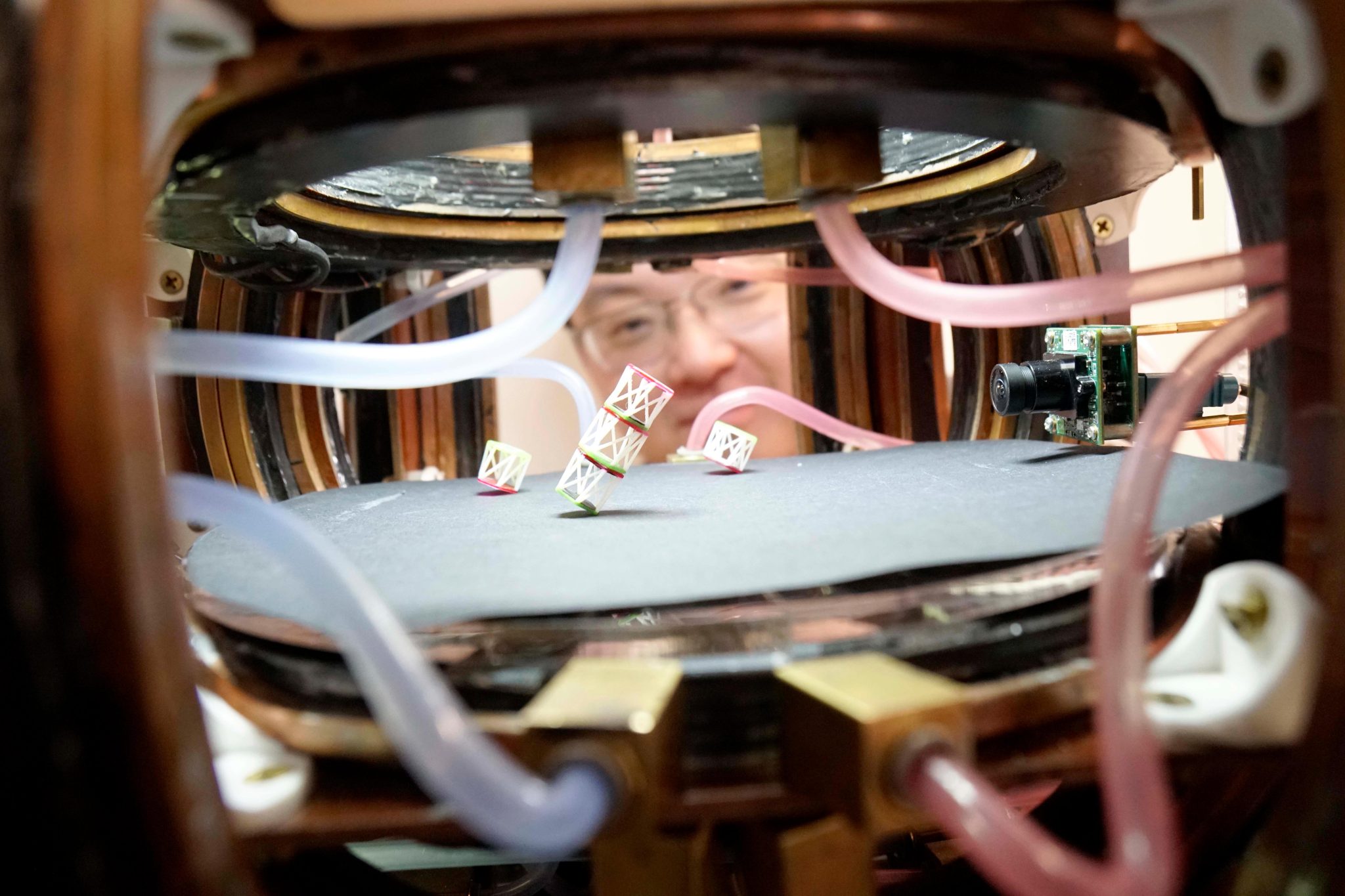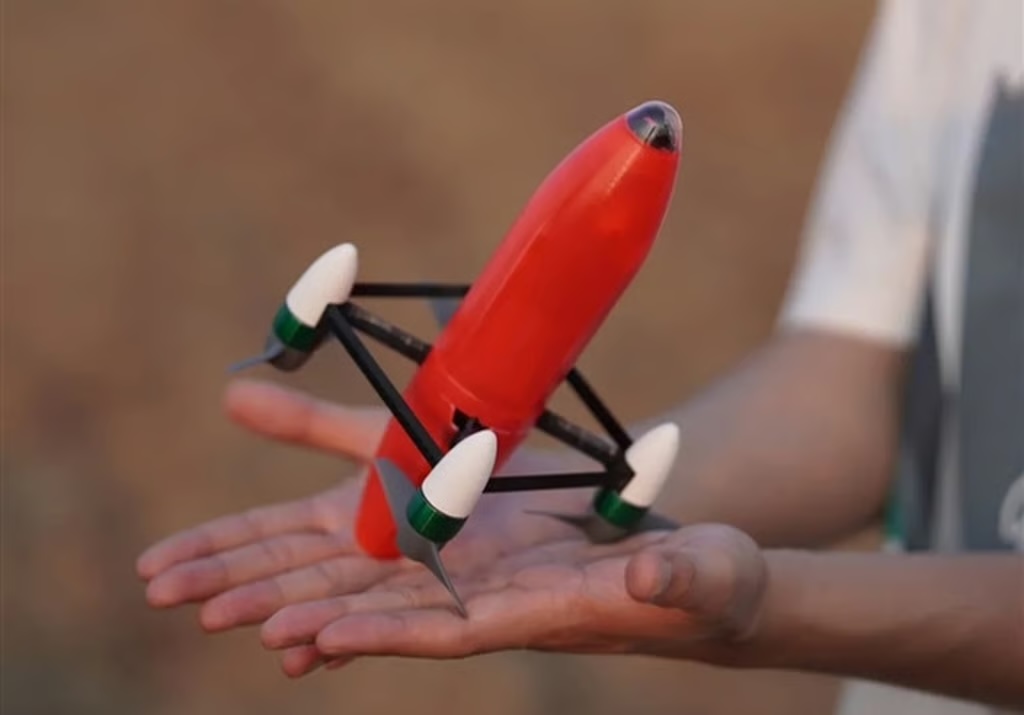In a groundbreaking advancement that merges robotics, materials science, and origami, engineers at Princeton University have developed a shape-shifting material capable of moving, expanding, and responding to electromagnetic commands — all without motors or internal gears. This new class of metamaterial can be remotely controlled, functioning almost like a robot, yet is constructed entirely from passive components.
The research, published in Nature, introduces a metamaterial dubbed the “metabot,” which derives its unique capabilities from its structure rather than its chemical composition. Drawing inspiration from the traditional art of origami, the team designed the metabot to change shape and behavior in response to external magnetic fields.
Continue reading… “Shape-Shifting Metabot: Princeton Engineers Create Magnetic Origami-Inspired Material”












